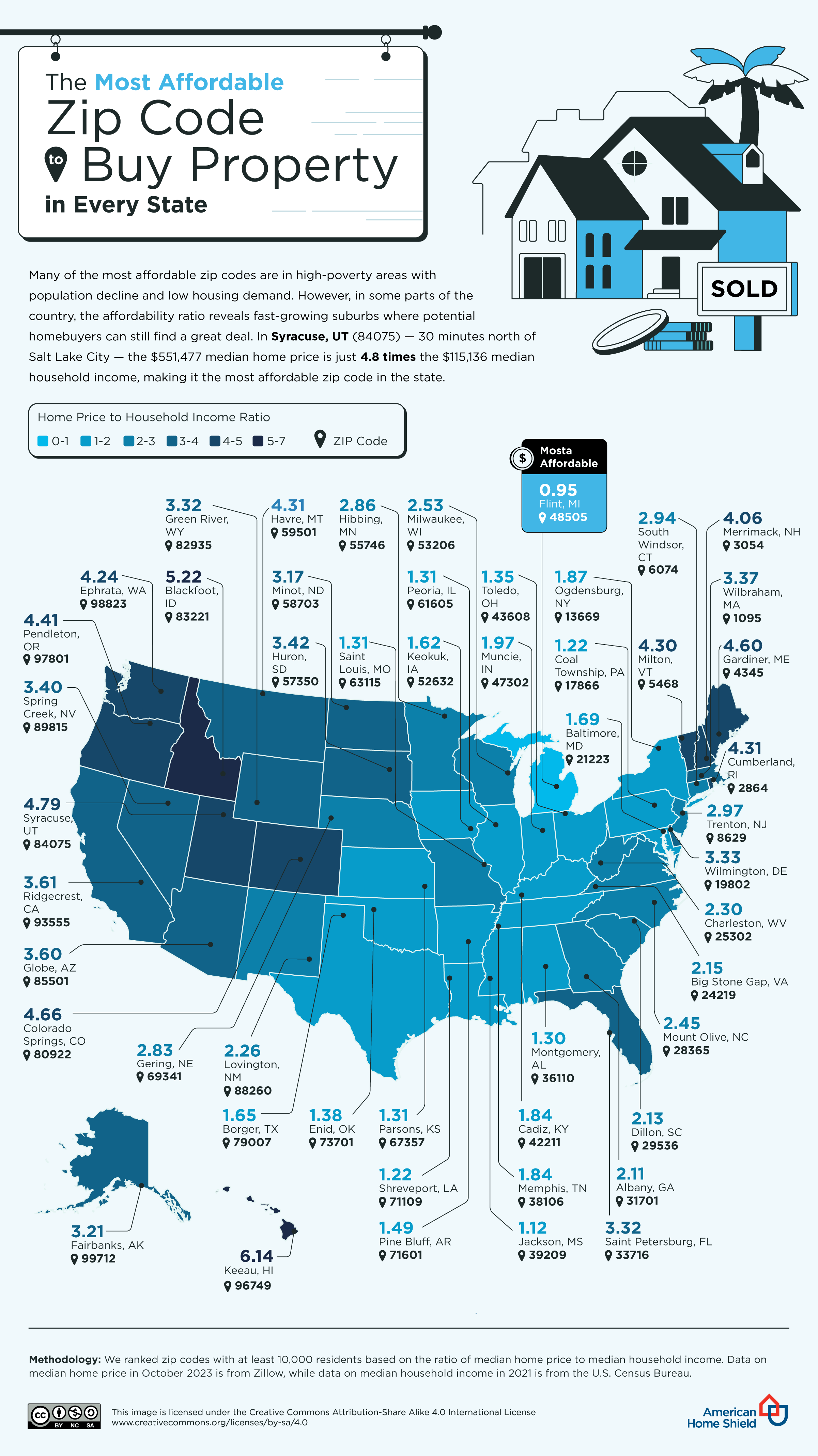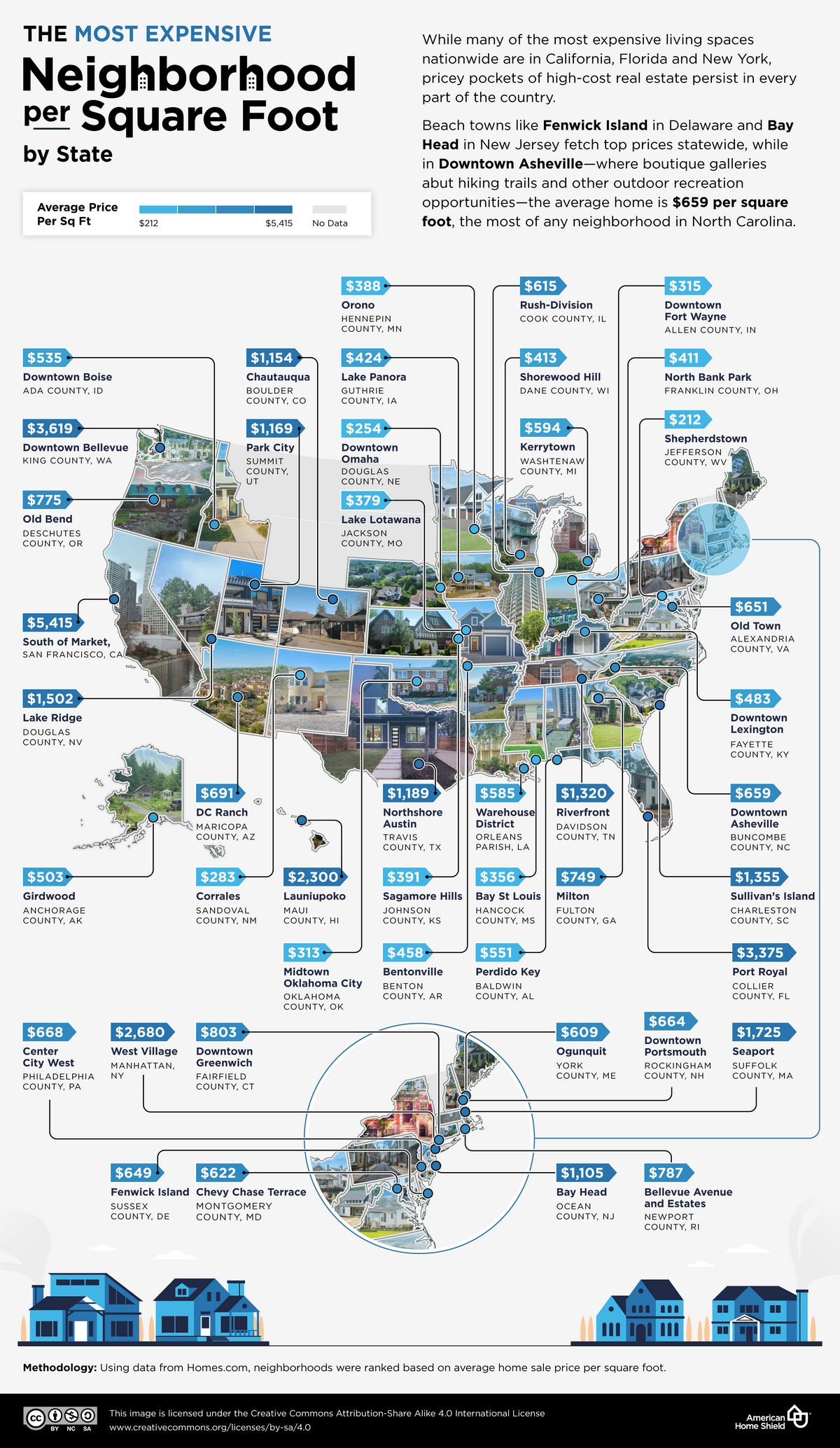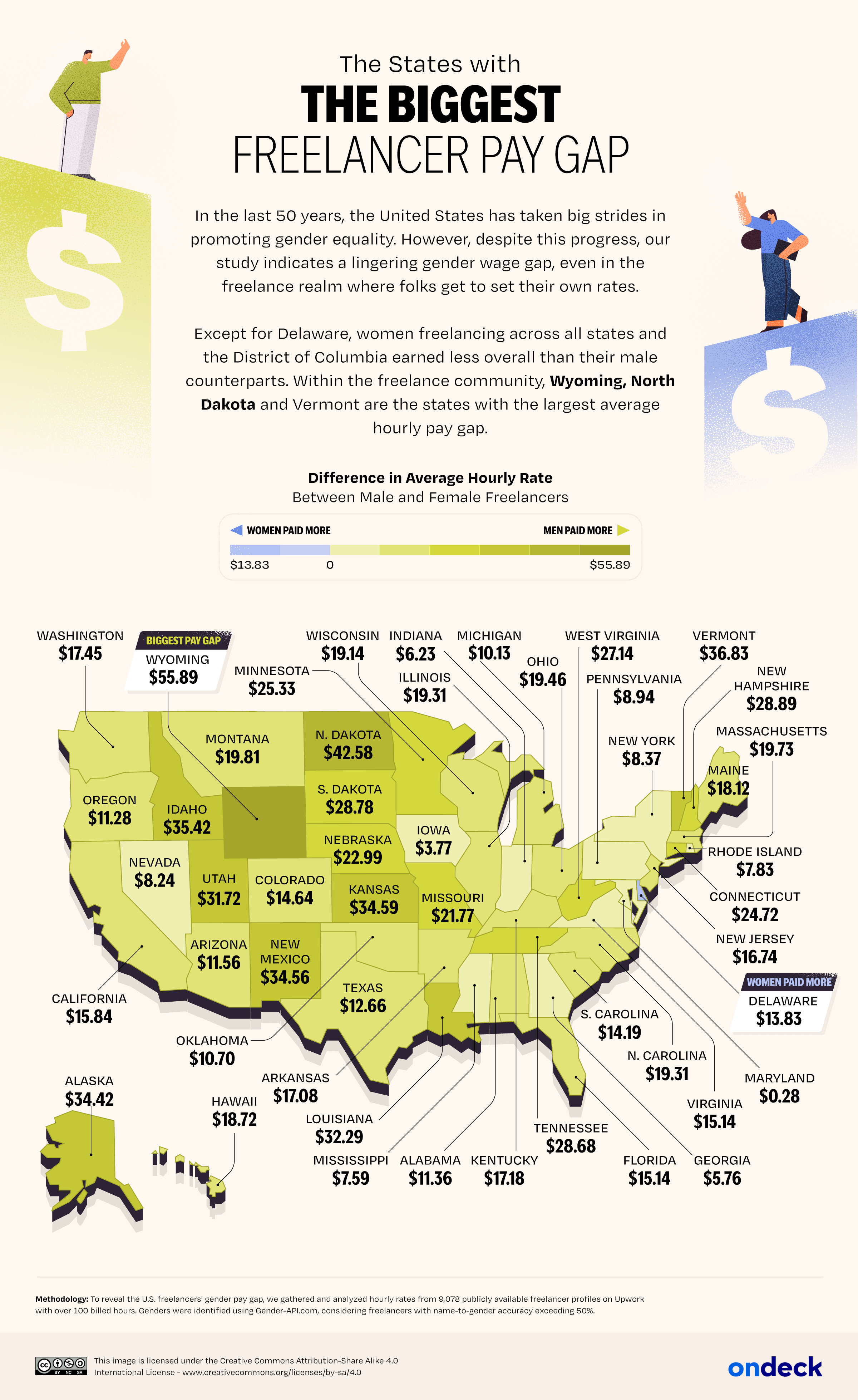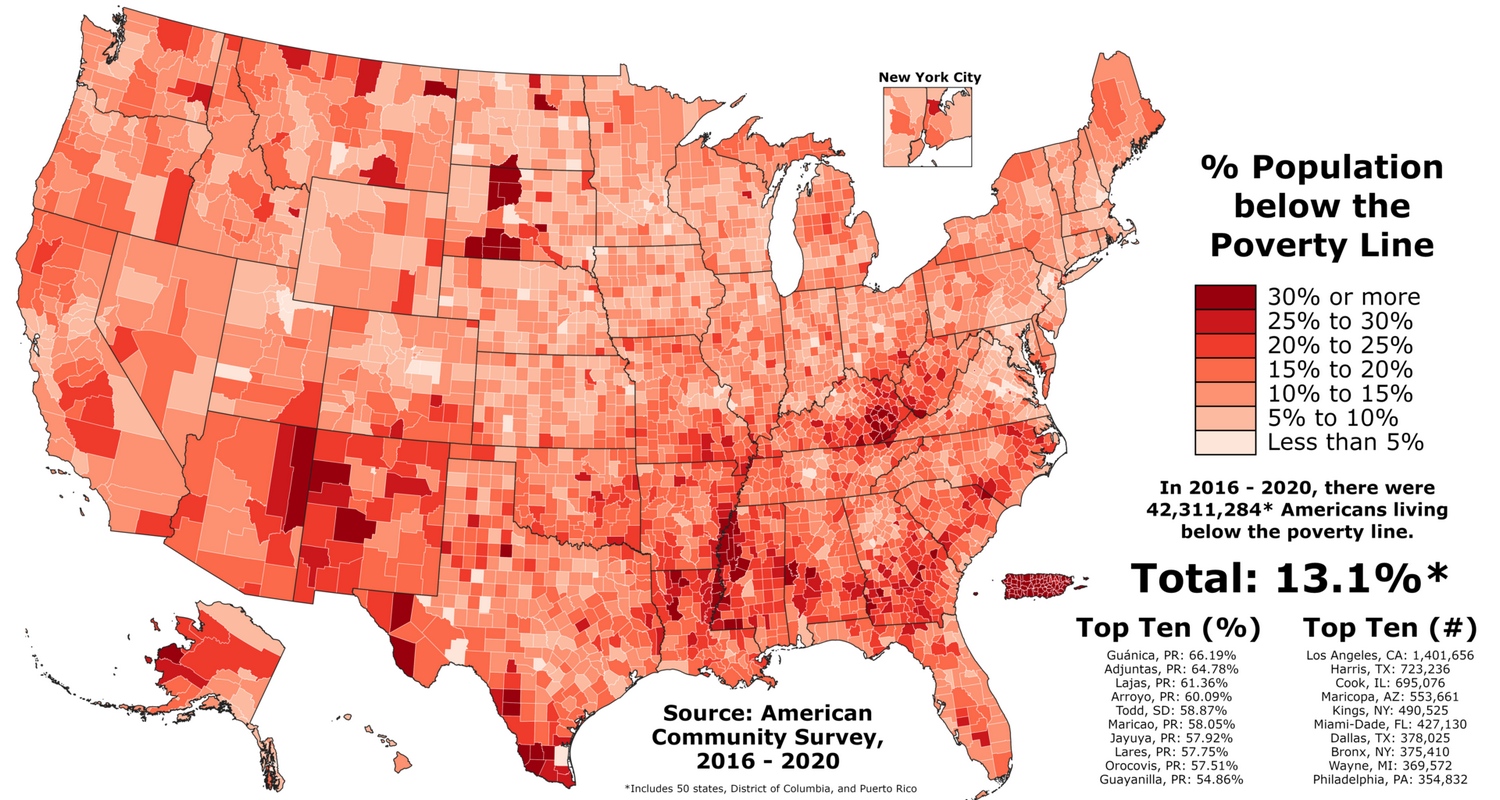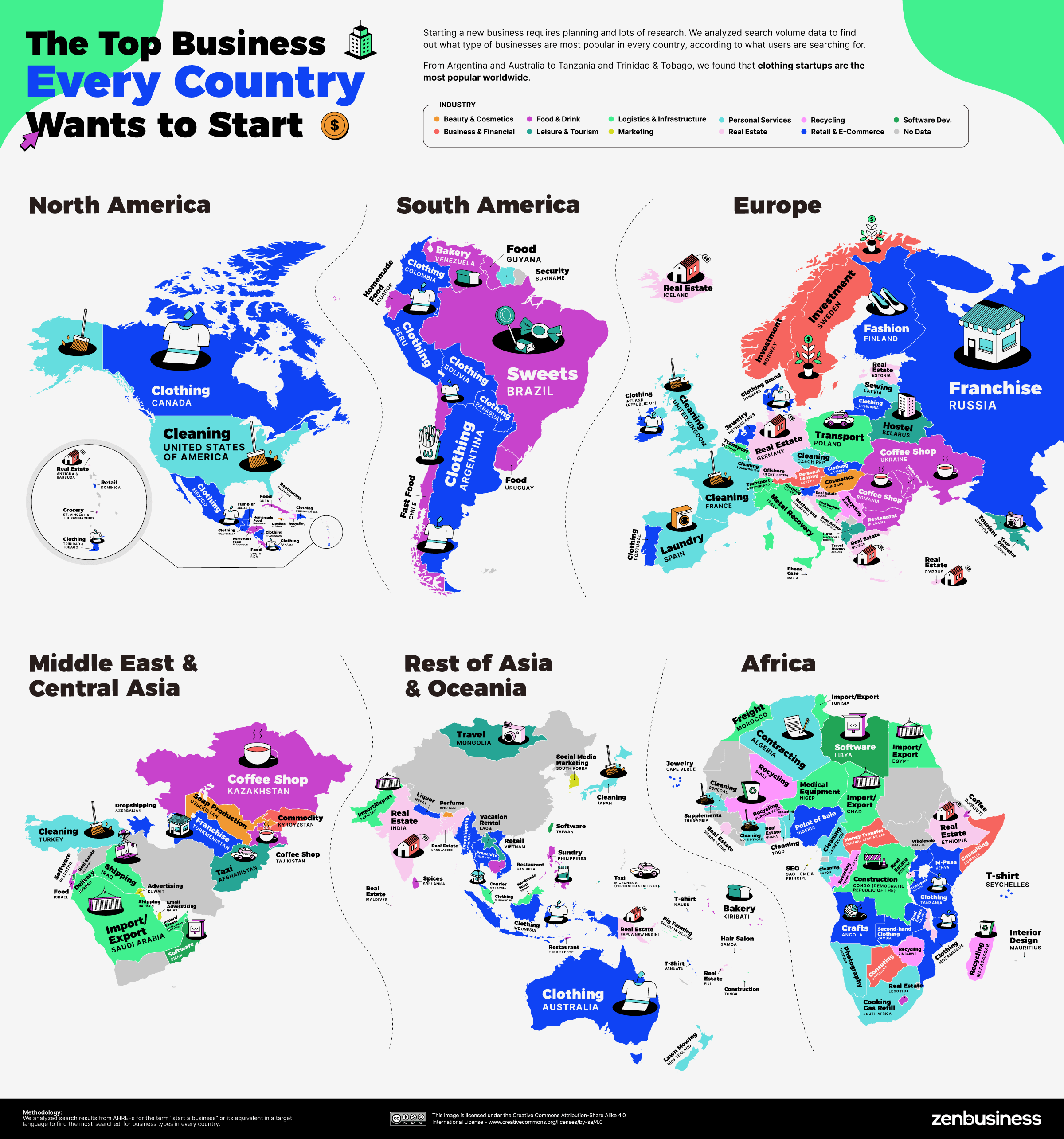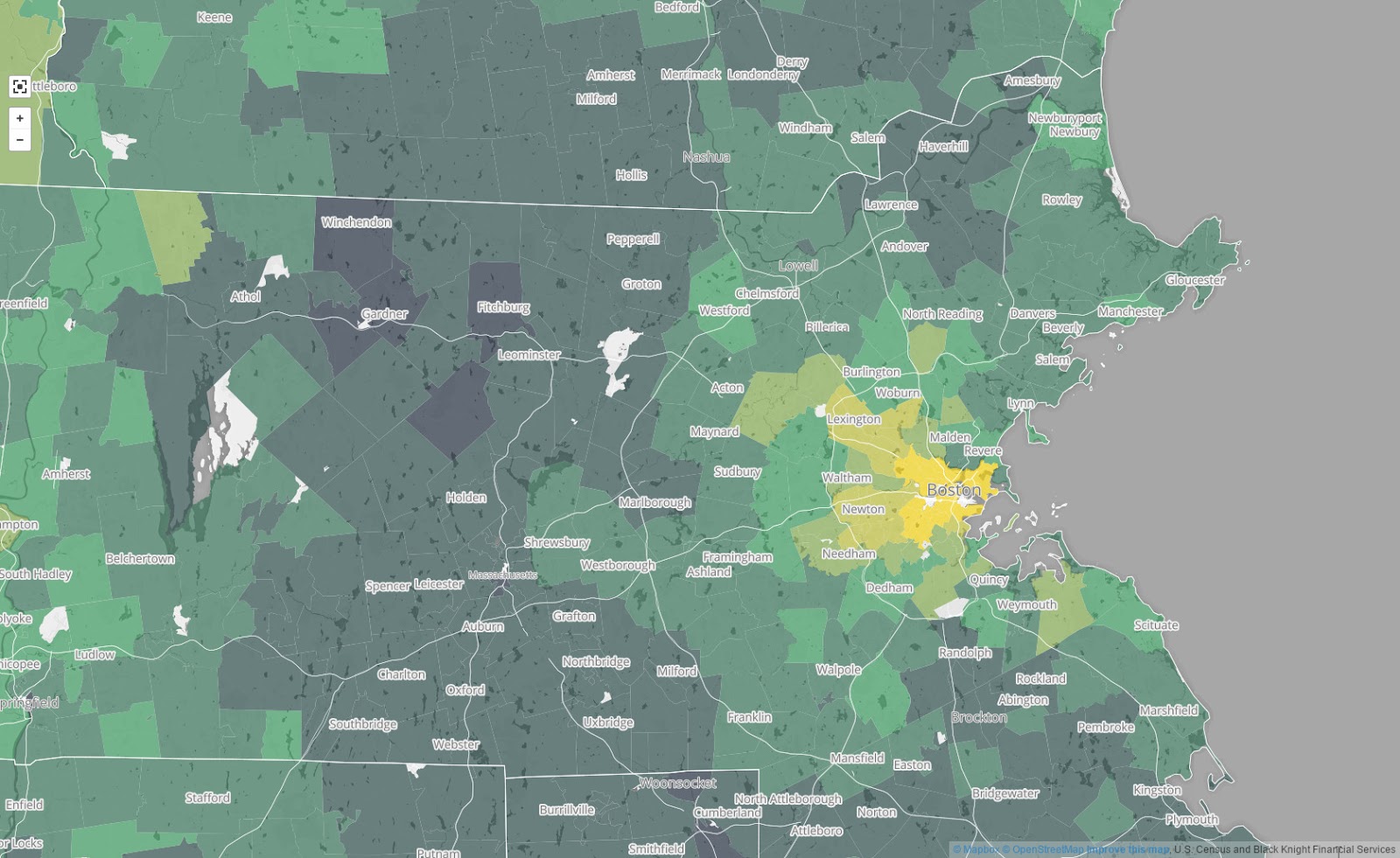Great Divide: Understanding America’s Distressed Communities
Living in America means different things to different people. For 52 million Americans – roughly the combined population of Texas and Florida – it means facing daily economic challenges in distressed communities. Meanwhile, 81 million of their fellow citizens reside in prosperous neighborhoods, highlighting one of the nation’s most pressing issues: the growing economic gap between communities.
The Economic Innovation Group’s latest Distressed Communities Index (DCI) clearly shows this divide. The study analyzes over 26,000 zip codes across seven key metrics, including employment rates, poverty levels, education, and business growth.
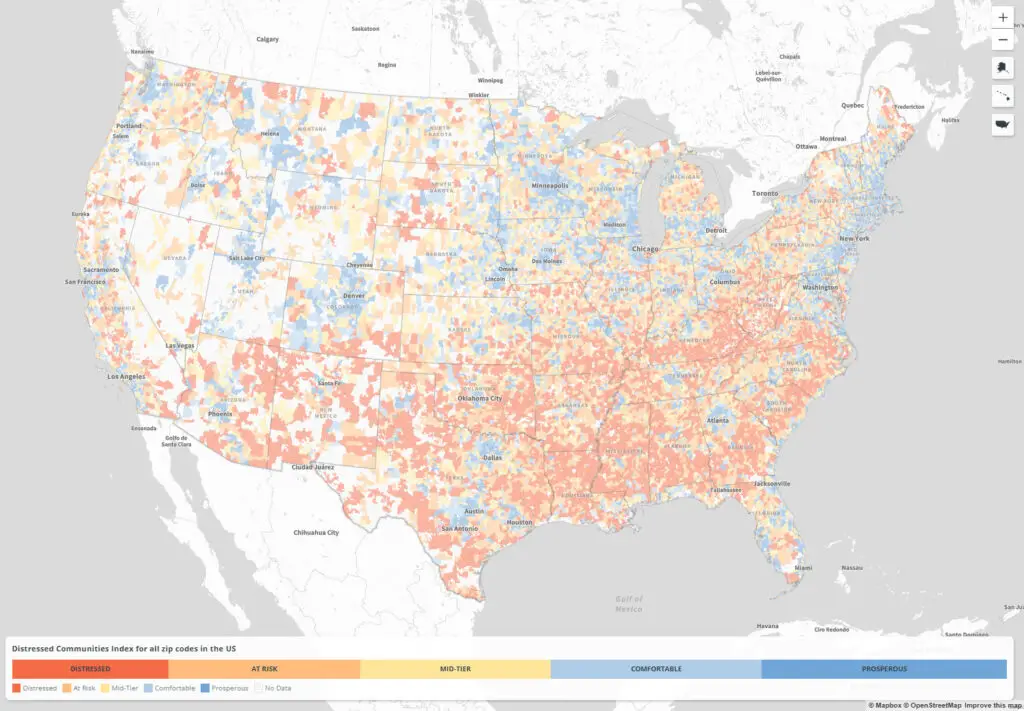
Some findings are particularly striking:
- The poverty rate in distressed areas is four times higher than in prosperous zones
- Twice as many working-age adults are unemployed in distressed communities
- From 2017 to 2021, prosperous areas saw their businesses grow at double the rate of other communities
- Distressed areas were the only ones to lose both jobs and businesses during this period
The Regional Story
The South bears the heaviest burden. Mississippi leads the nation in the percentage of residents living in distressed communities, followed by Louisiana and West Virginia. On the opposite end, Utah, Idaho, and New Hampshire show the lowest levels of distress.
Urban America tells an equally compelling story. Cleveland, Ohio tops the list of cities with the highest percentage of distressed neighborhoods, followed by Newark, New Jersey, and Detroit, Michigan. In contrast, cities like Fremont, California, and Scottsdale, Arizona, show remarkably low levels of distress.
Why It Matters
These aren’t just statistics – they represent real differences in opportunity. Consider two neighboring zip codes: in the prosperous one, new businesses are opening, jobs are plentiful, and property values are rising. Just blocks away, in a distressed area, vacant buildings multiply, jobs disappear, and poverty persists.
This divide has profound implications for everything from education and health outcomes to social mobility. Children growing up in distressed communities often face limited access to quality schools, healthcare, and job opportunities – factors that can affect their entire lives.
Looking Forward
Understanding these disparities is the first step toward addressing them. Some cities are already implementing innovative solutions, from targeted economic development programs to education initiatives. However, the data suggests that without sustained attention and investment, the gap between prosperous and distressed communities may continue to widen.

